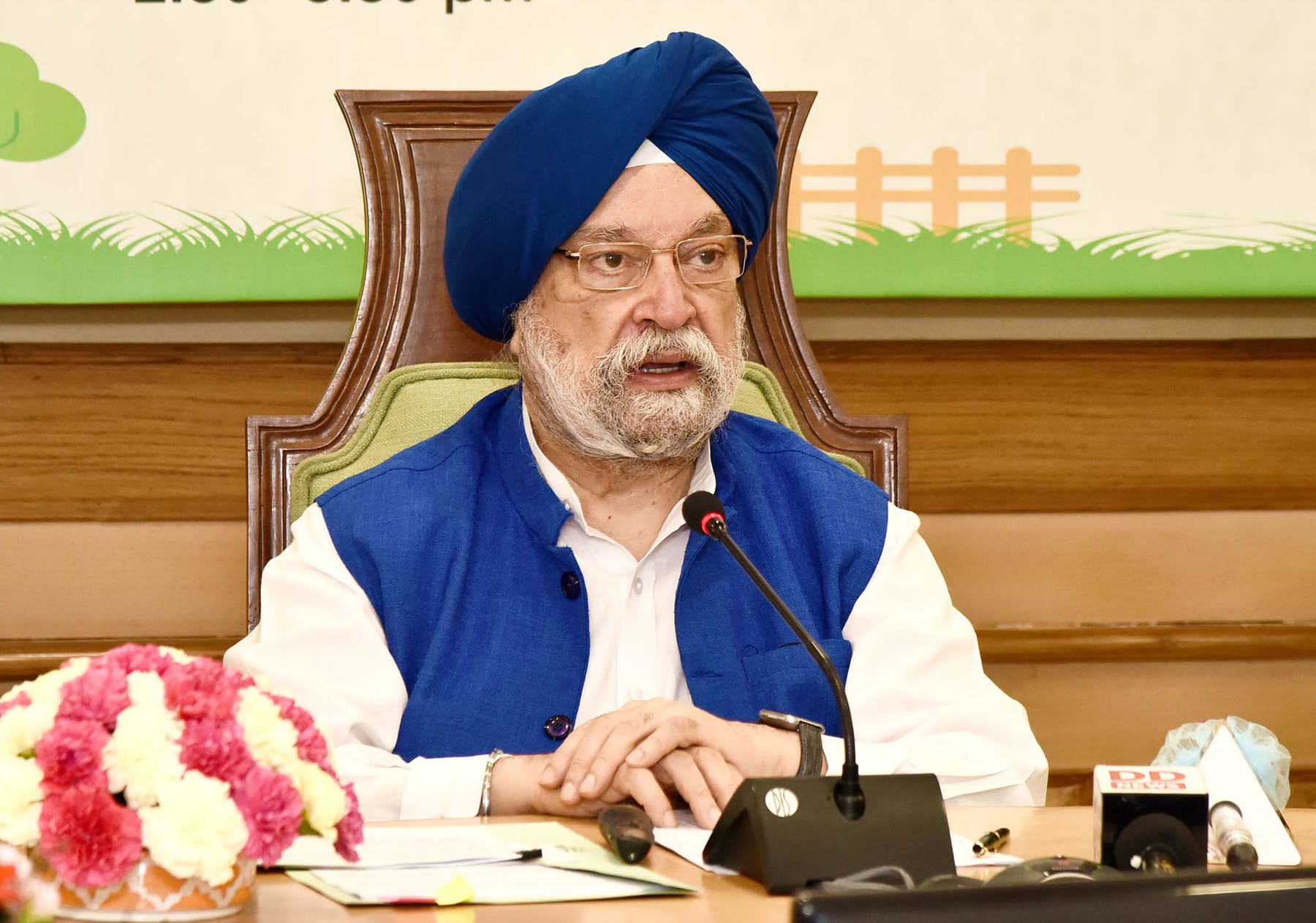Indian Oil Minister Hardeep Singh Puri has expressed his concerns about the continuation of OPEC+ cuts in crude oil production, estimated at around two million barrels per day until the end of 2023, as well as additional voluntary cuts by several member states of the Alliance of Major Producers.
Puri warned that the continuation of crude production cuts by the coalition may exacerbate inflationary pressures, and may lead to recession, according to a report seen by the specialized energy platform, quoting the Argus Media platform.
“You already have inflationary pressures… you already have such inflation that if you have higher oil prices in addition to that, it goes to the Big R,” he said, referring to the recession.
Puri added that the sharp drop in oil prices is also undesirable for consuming countries, as it discourages investment, according to statements he made to DD News.
Indian demand for oil reached 5.14 million barrels per day in 2022 and is likely to rise to 5.38 million barrels per day in 2023, according to OPEC’s Monthly Oil Market Report for June.
OPEC+ cuts and oil prices
9 members of the OPEC + coalition had agreed in April to reduce crude production by 1.657 million barrels per day from May, and they include Saudi Arabia, Russia, Iraq, Kuwait, the Emirates, Algeria, Gabon, Oman and Kazakhstan.
The actual production cut was 1.08 million bpd in May, which is 80,000 bpd less than pledged.
The OPEC+ alliance had previously decided to cut two million barrels per day to its total production ceiling until the end of 2023, which it agreed to in October 2022.
Indian Oil Minister Hardeep Singh Puri said, however, that the OPEC+ production cuts did not lead to a rise in oil prices, most likely due to a smaller-than-expected recovery in demand in some major economies, as well as more oil supplies from countries such as the United States. Brazil and Guyana.
Brent crude futures remained below $77 per barrel in June, and even fell to less than $74 per barrel earlier this month.
It remains to be seen what impact oil prices will have in July, after Saudi Arabia puts in place an additional production cut of 1 million barrels per day, although Saudi Aramco will continue to supply buyers in the Asia-Pacific region with the required volumes of crude for loading in July.
India’s oil import bill
India is trying to attract more foreign investment in the exploration and production sector to boost oil and gas production, in a move aimed at helping the country reduce its dependence on imports.
Gulf producers raised their official selling prices for crude in July 2023, which should lead to an increase in the price of India’s oil imports.
Iran is the latest country to raise official prices for crude oil exports in July, after Saudi Arabia pledged to cut production by an additional 1 million barrels per day in July.
India relies heavily on imports for its demand for crude oil; Russia recently topped the list of suppliers, overtaking the Middle East region.
Imports met 87% of India’s oil demand in the April 2022-March 2023 fiscal year, despite government pressure to increase domestic exploration and production through various means, including seeking benefits from foreign oil and gas companies.
The following graph – prepared by the specialized energy platform – shows oil consumption in India, from 2019 to 2022:
India’s oil import quotas
India’s oil imports from the Organization of the Petroleum Exporting Countries (OPEC) fell to an all-time low of 46% in April 2023, to 2.1 million barrels per day (bpd), out of a total of 4.6 million bpd imported into the country, according to information reported by energy shipping tracker Vortexa. “.
In contrast, Russia’s share of India’s oil imports rose to 1.67 million barrels per day in April, from 1.64 million barrels per day in the previous month; thus constituting 36% of total imports.
Saudi Arabia ranked third, with supplies amounting to 670 thousand million barrels per day of India’s total oil imports, according to information monitored by the specialized energy platform.
The UAE – which in March overtook the United States to become the fourth largest supplier – sold about 185,000 bpd to India, higher than the 119,000 bpd exported by the United States.

Leave a Reply